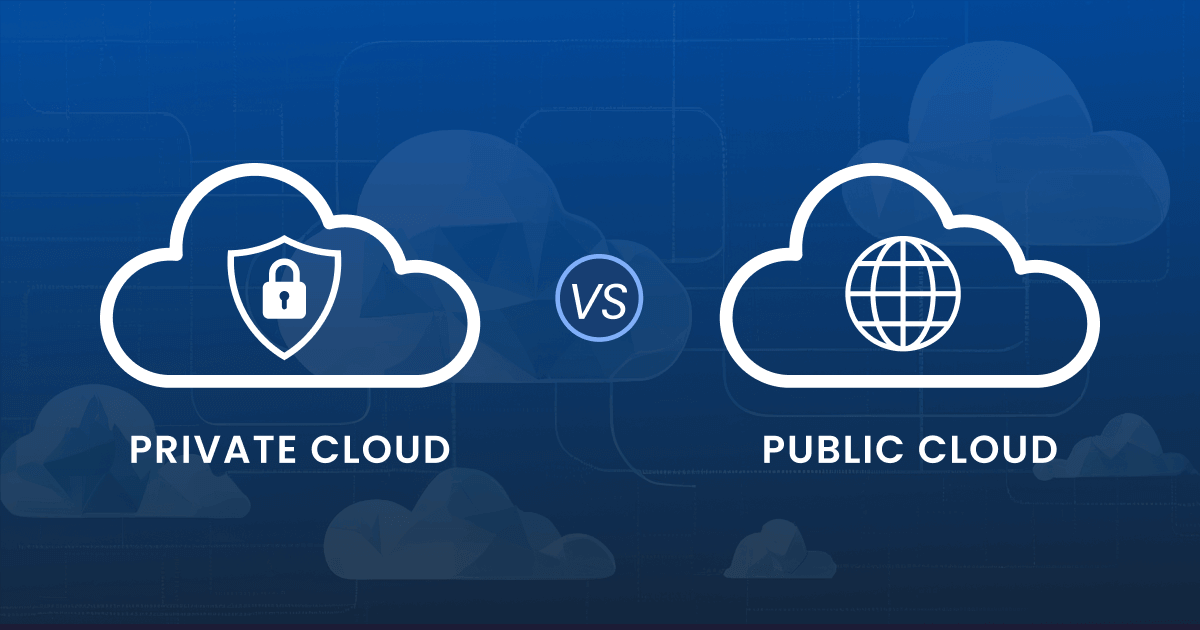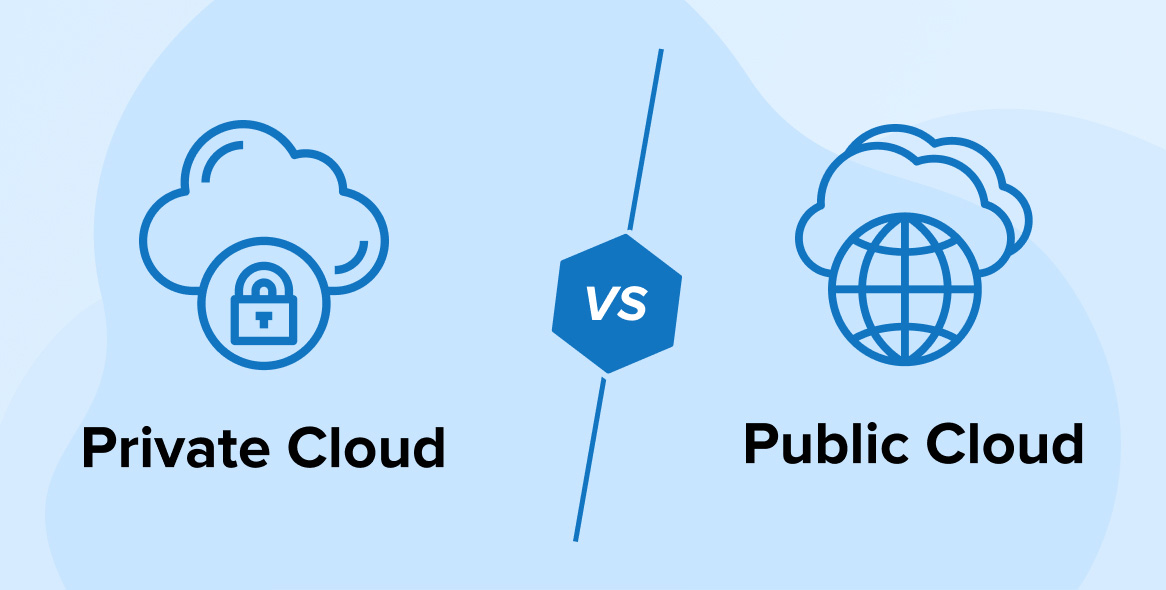Cloud computing has revolutionized how businesses manage their IT infrastructure, offering unprecedented flexibility and scalability. However, choosing between public and private cloud solutions remains one of the most critical decisions organizations face today. Understanding the fundamental differences between these two cloud deployment models is essential for making informed technology investments that align with your business objectives.
Public cloud services, provided by third-party vendors like Amazon Web Services, Microsoft Azure, and Google Cloud Platform, offer shared computing resources accessible over the internet. These platforms operate on a multi-tenant architecture where multiple organizations share the same physical infrastructure while maintaining logical separation of their data and applications. In contrast, private clouds are dedicated environments owned and operated exclusively by a single organization, providing complete control over infrastructure, security policies, and resource allocation.
The choice between public and private cloud isn’t merely a technical decision—it’s a strategic business choice that impacts cost structures, security postures, compliance capabilities, and operational flexibility. Organizations must carefully evaluate their specific requirements, including data sensitivity, regulatory obligations, performance needs, and budget constraints. While public clouds excel in cost-effectiveness and rapid scalability, private clouds offer superior control and customization capabilities. Some organizations opt for hybrid approaches, combining both models to leverage the benefits of each while mitigating their respective limitations. This comprehensive analysis will explore the key differentiators between public and private cloud solutions, helping you determine which approach best serves your organization’s unique needs and long-term technology strategy.
Infrastructure Ownership and Management
The most fundamental difference between public and private clouds lies in infrastructure ownership and management responsibilities. Public cloud infrastructure is owned, operated, and maintained by third-party service providers who manage vast networks of data centers globally. Organizations access these shared resources through internet connections, with the provider handling all underlying hardware maintenance, software updates, and infrastructure scaling.

Private cloud infrastructure operates under a completely different model, where organizations either own the physical hardware or lease dedicated resources from a provider. This approach grants complete control over server configurations, network architecture, and security implementations. Organizations must invest in skilled IT personnel to manage the entire technology stack, from hardware maintenance to software deployment and security monitoring.
Cost Structure and Financial Implications
Cost considerations represent a major differentiator between these cloud models. Public clouds operate on a pay-as-you-go model, eliminating significant upfront capital expenditures and allowing organizations to scale costs with actual usage. This operational expense approach proves particularly beneficial for startups and companies with fluctuating workloads, as they only pay for consumed resources.
Private clouds require substantial upfront investments in hardware, software licenses, and infrastructure setup. However, for organizations with stable, predictable workloads, private clouds can offer better long-term cost predictability and potentially lower total cost of ownership. The financial model shifts from operational expenses to capital expenditures, requiring careful budget planning and resource forecasting.
Security and Compliance Capabilities
Security architecture differs significantly between public and private cloud environments. Public clouds implement a shared responsibility model where providers secure the underlying infrastructure while customers protect their applications and data. Reputable public cloud providers invest heavily in advanced security technologies and maintain dedicated security teams, often exceeding what individual organizations could implement independently.
Private clouds offer enhanced security control through dedicated infrastructure and customizable security policies. Organizations can implement specific security measures tailored to their unique requirements and maintain complete visibility over data access and movement. This approach proves essential for industries with stringent regulatory requirements, such as healthcare, finance, and government sectors.
Performance and Scalability Characteristics
Performance profiles vary considerably between public and private cloud deployments. Public clouds can experience performance fluctuations due to the “noisy neighbor” effect, where resource-intensive applications from other tenants impact system performance. However, they offer virtually unlimited scalability, allowing rapid resource allocation to meet changing demands without physical infrastructure modifications.
Private clouds deliver consistent, predictable performance through dedicated resources but face scalability limitations based on owned or leased hardware capacity. Scaling private cloud infrastructure requires additional hardware investments and longer implementation timelines, making rapid expansion more challenging and expensive.




